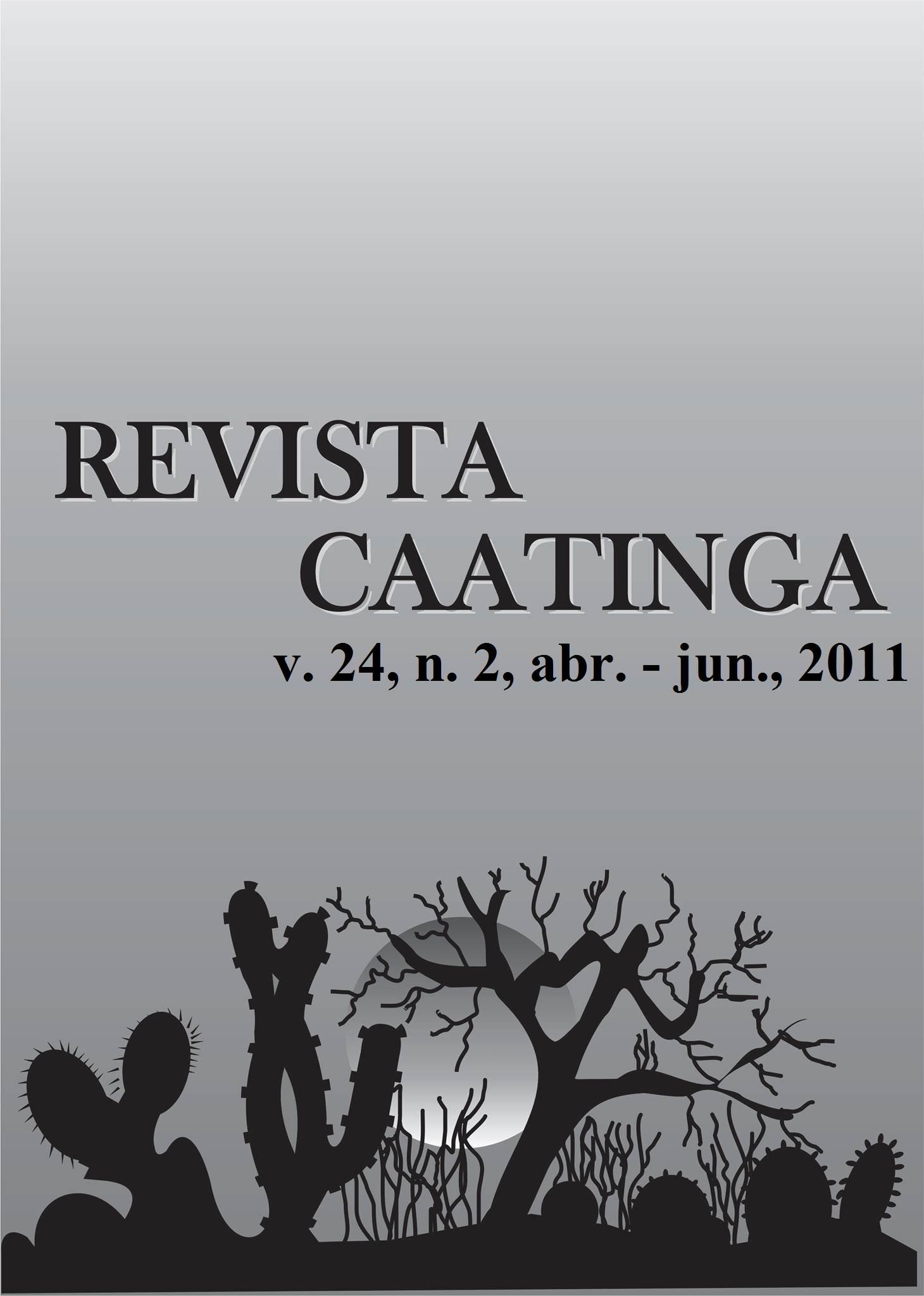LEAF AREA INDEX AND CANOPY OPENNESS ESTIMATION USING HIGH SPATIAL RESOLUTION IMAGE QUICKBIRD
Palavras-chave:
Environmental management, Quickbird image, Canopy openness.Resumo
The aim of this paper was to evaluate and propose a high spatial resolution image analysis method, for public managers, regarding to monitoring and observation of degraded areas recuperation success. The specific objectives were: i) to obtain leaf area index (LAI) and canopy openness data in field, ii) to calculate the relation between LAI and canopy openness data sampled in field, iii) to estimate canopy openness using the Quickbird high resolution image, iv) to use data sampled in field to obtain LAI values by image, and v) to analyze the residuals between data sampled in field and that obtained by image, of twelve species monitored in the Ecological and Multiple Use Olhos D’água Park, Brazil. The estimates of canopy openness and leaf area index of twelve Cerrado species using high resolution images were effective, as for the tolerable error of the adjustments obtained (6.9%) from the models, as for the image´s practicality: it attends a larger area and larger timescale, and is efficient to evaluate the execution of revegetation projects.Downloads
Downloads
Publicado
Edição
Seção
Licença
Os Autores que publicam na Revista Caatinga concordam com os seguintes termos:
a) Os Autores mantêm os direitos autorais e concedem à revista o direito de primeira publicação, com o trabalho simultaneamente licenciado sob a Licença Creative Commons do tipo atribuição CC-BY, para todo o conteúdo do periódico, exceto onde estiver identificado, que permite o compartilhamento do trabalho com reconhecimento da autoria e publicação inicial nesta revista, sem fins comerciais.
b) Os Autores têm autorização para distribuição não-exclusiva da versão do trabalho publicada nesta revista (ex.: publicar em repositório institucional ou como capítulo de livro), com reconhecimento de autoria e publicação inicial nesta revista.
c) Os Autores têm permissão e são estimulados a publicar e distribuir seu trabalho online (ex.: em repositórios institucionais ou na sua página pessoal) a qualquer ponto antes ou durante o processo editorial, já que isso pode gerar alterações produtivas, bem como aumentar o impacto e a citação do trabalho publicado (Veja O Efeito do Acesso Livre).







